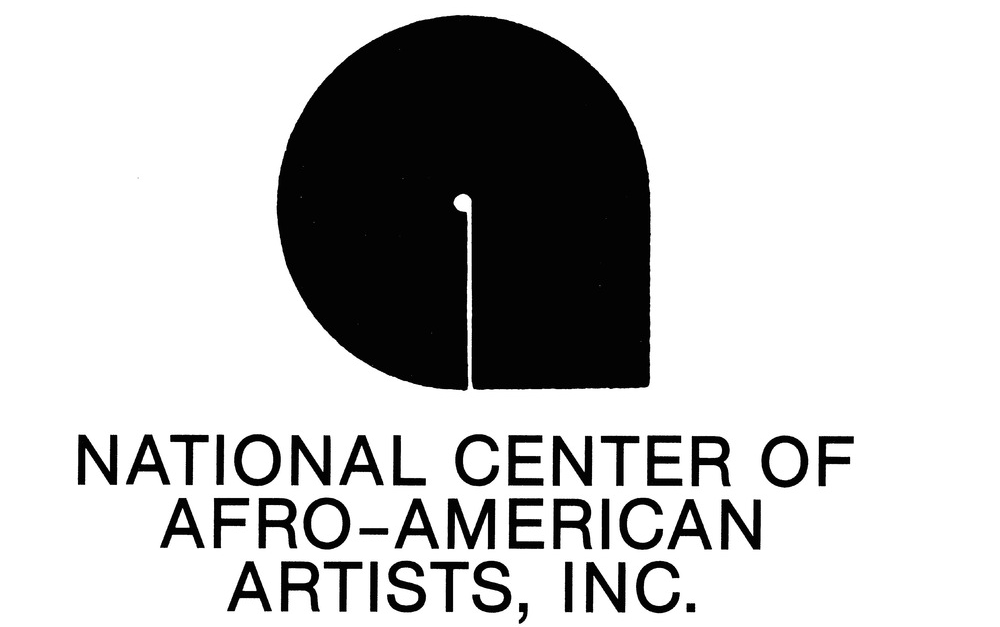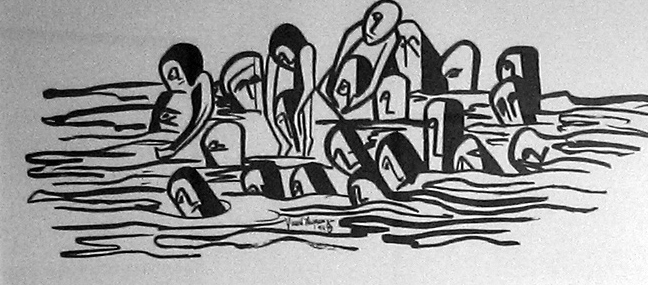Responding to needs identified at a conference of black creative intellectuals convened at Columbia College in Chicago, Illinois, in 1967, Elma Lewis conceived the National Center of Afro-American Artists and incorporated it in 1968.
It subsumed the Elma Lewis School of Fine Arts (ELSFA) which she had launched in 1950, thereby creating a teaching, performing and visual arts institution which would emphasize artistic excellence and the contribution of the arts to wholesome human development. Ms. Lewis intended the organization to be locally, nationally and internationally active in bringing black heritage in the arts to the world.
The NCAAA remains a singular black cultural arts institution in New England for it longevity and the quality and scope of its work. It has a demonstrated history of public service celebrating of the world heritage of black people since 1968. A commitment to excellence in the arts and wholesome cultural development remain its hallmark.
Reclaiming the site of an abandoned firehouse in Franklin Park, Boston’s largest park, the NCAAA/ELSFA founded the Elma Lewis Playhouse in the Park (1966-1978) that produced free nightly performances from July 4th through Labor Day. Traditionally, Olatunji opened the season. Duke Ellington was featured nearly every year. Other greats presented over the years include: Max Roach, Billy Taylor, Odetta and the Boston Pops Orchestra. The Playhouse also presented NCAAA produced shows as well as local performers in music, dance and theater. The Elma Lewis Playhouse-in-the-Park inspired the city of Boston to begin its popular outdoor performance series dubbed “Summerthing”.
Throughout the1970’s, the NCAAA/ELSFA offered professional and teaching programs in dance, music, theater, visual arts, sewing and costuming, and technical theater. Simultaneously, the NCAAA/ELSFA, operated the Elma Lewis Playhouse-in-the-Park that had begun in 1966. By the mid-1970s, ELSFA served more than four hundred 6-12 year- old students, plus more than a hundred teen and adult students annually. Additionally, the NCAAA/ELSFA taught an additional hundred students from community schools and nearly as many inmates in Norfolk Correctional Institution. Offering instructions to these students was a staff of over 125 full and part-time teachers, including such distinguished artists as noted Nigerian drummer Michael Olatunji, dancer/choreographers Talley Beatty, Billy Wilson and George Howard, and poet/jazz critic A.B. Spellman.
Beginning in 1971, the NCAAA presented an annual spring extravaganza titled “Celebrate!” Consisting of an art exhibition in City Hall, an original show of music, dance and theater at the Music Hall (later the Wang Center), and a cabaret in its own facilities, “Celebrate!” events focused on aspects of black cultural and social history. It combined teaching, entertainment and fund raising into one dynamic program series. “Celebrate!” brought many giant artistic figures to Boston, including Mary Lou Williams, Eubie Blake, Muhammad Ali, Thomas Dorsey, Vinette Carroll and Bea Richards.
In the late 1970s, the ELSFA underwent a period of great financial stress resulting in staff and service reductions, and a transfer of facilities ownership from the ELSFA to the NCAAA. Compounding the problems was a fire in the early 1980s which interrupted operations—except for the Museum which was housed elsewhere. Use of the building that housed the ELSFA ended altogether after a second fire in mid-1980s.
Nevertheless, the Museum and Black Musical Productions (performing arts) remained vital divisions of the NCAAA, with future plans to return to the scale and scope of its earlier years. The original mission of the NCAAA remains compelling.
The Museum, NCAAA, founded in 1969, through a close and unique collaboration between the Museum of Fine Arts (MFA), Boston, and the NCAAA. Since 1970, the Museum, NCAAA has presented hundreds of exhibitions in its own space, and co-presented nine exhibitions with the MFA. Prominent among these were “Afro-American Artists: New York and Boston” (1970); “Reflective Moments: Lois Mailou Jones” (1973); “Afro-American Artists on Afro-America” (1975); “Contemporary Art of Senegal (1980)”; “Dialogue: John Wilson/ Joseph Norman” (1994) and “View from the Upper Room: The Art of John Biggers” (1997).
The Museum, NCAAA, located to its own building in 1980, from which it has organized and presented a rich schedule of exhibitions including several that have toured nationally, such as “Our Commonwealth: Our Collections: Works from Historically Black Colleges and Universities”. Other shows, such as “Invisible Man: Blacks in Post-colonial Europe”, travelled internationally.
The Museum has also hosted major shows from Africa and the Caribbean such as “Contemporary Art of Senegal” (organized by the Senegalese Ministry of Culture), “Merinque” (organized by the Dominican Republic Ministry of Culture) and “Jamaican Art, 1982” (organized by the National Gallery of Jamaica.”
In 1994, the Museum opened “Aspelta: A Nubian King’s Burial Chamber” featuring the world’s only scale recreation of a Nubian tomb interior accompanied by more than fifty 2,600 year-old objects. The exhibition has been enjoyed by tens of thousands of visitors.

